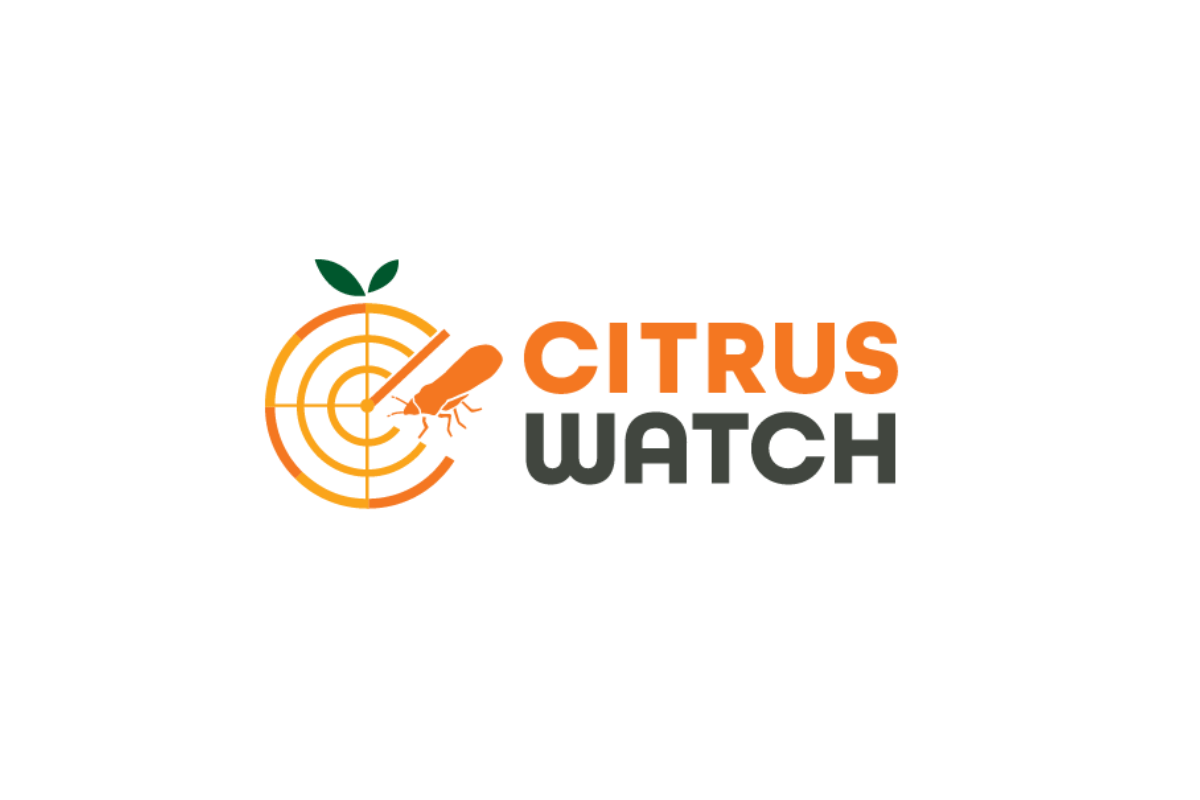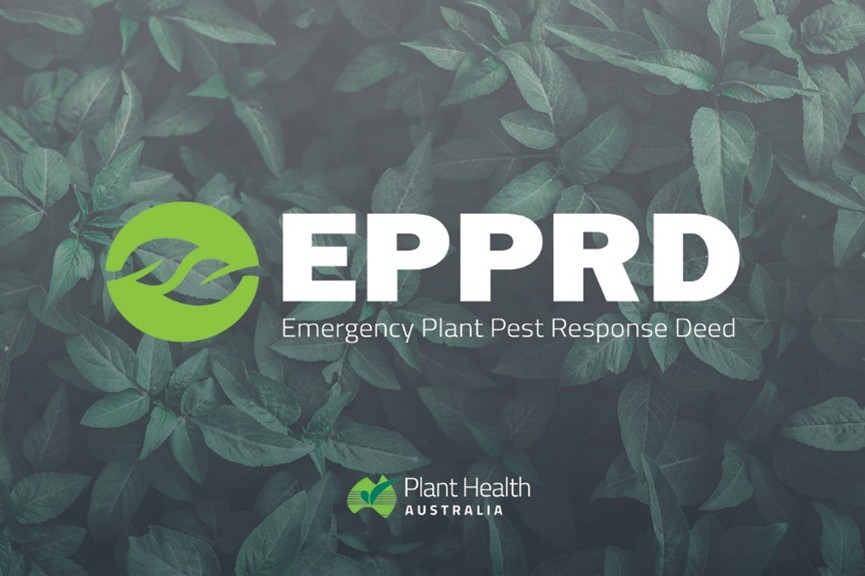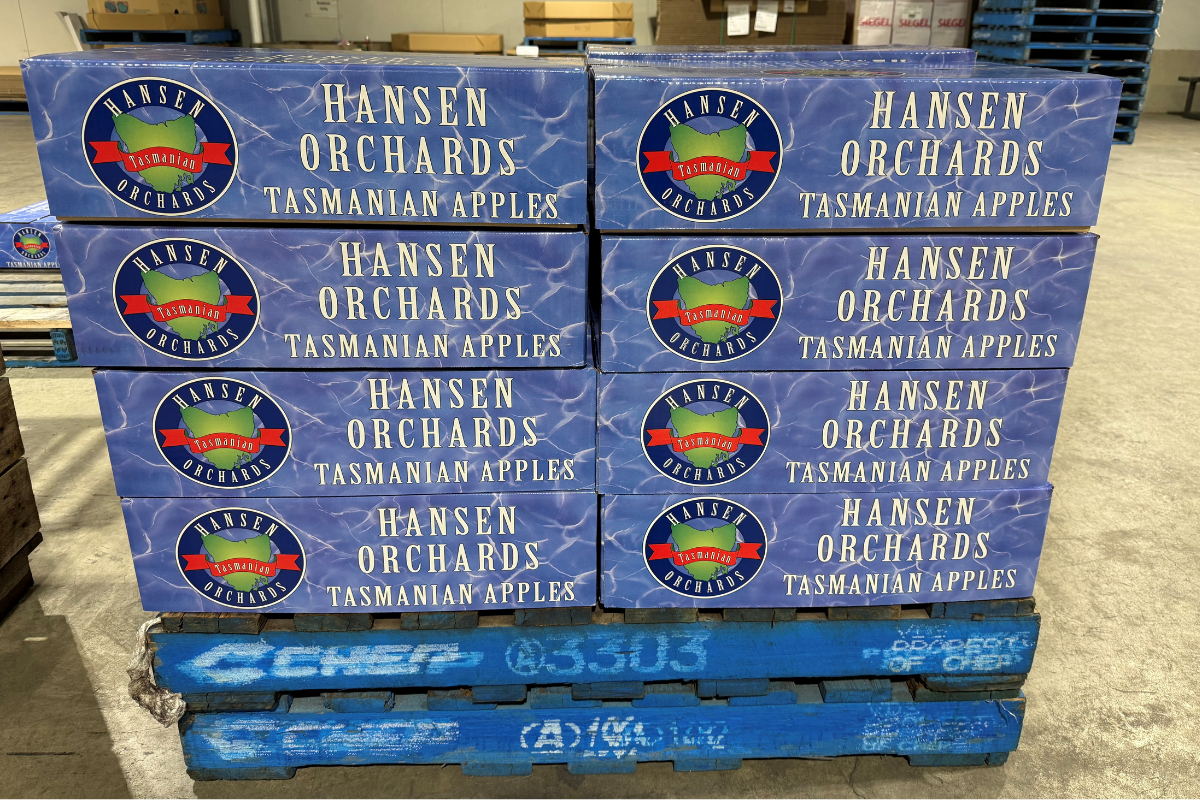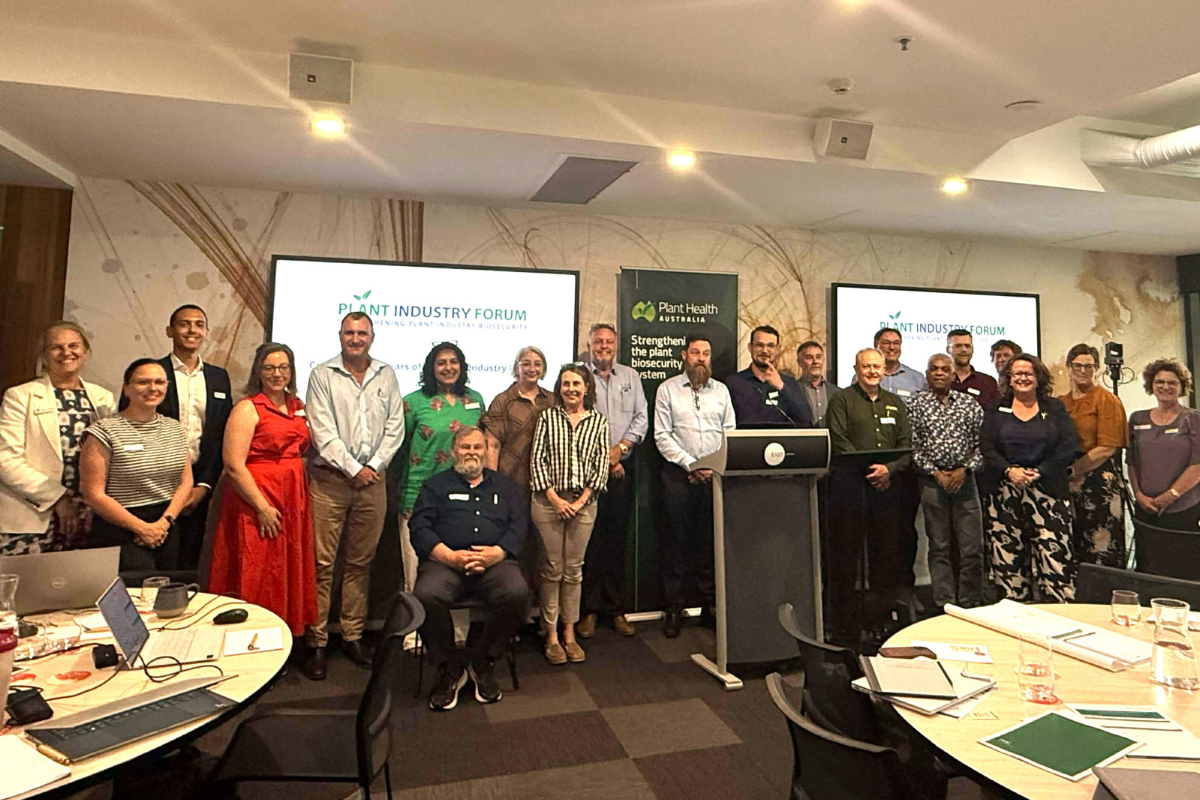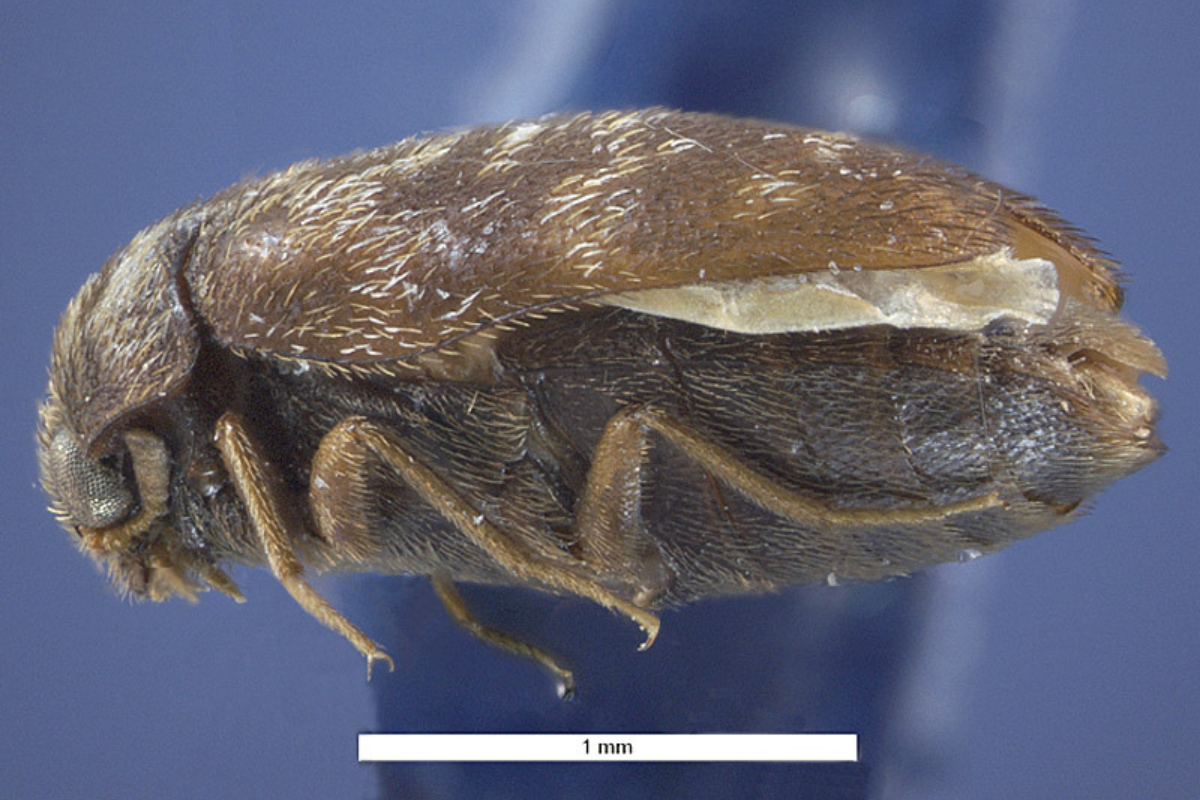New biosecurity collaboration to protect Australian citrus industry
Australia’s $900 million citrus industry could face serious production and market access risks if the industry is not adequately prepared to manage future biosecurity threats.
A new five-year national biosecurity program, CitrusWatch, is a collaborative effort that is designed to protect the citrus industry from harmful exotic pests and diseases such as Asian citrus psyllid (Diaphorina citri) and huánglóngbìng (HLB).
CitrusWatch is funded by Hort Innovation, using the citrus research and development levy, the Plant Health Australia (PHA) biosecurity levy and contributions from the Australian Government. The Northern Territory Government’s Department of Industry, Tourism and Trade (the department) and research group, Cesar Australia, will provide surveillance, communication and research support.
Led by PHA, with activities coordinated by Citrus Australia, the program aims to expand surveillance, conduct industry training, lead risk assessment and modelling, and improve governance and collaboration.
“CitrusWatch is designed to bolster surveillance mechanisms and increase expertise to quickly detect, identify, and address incursions of high priority pests,” said Dr Sharyn Taylor, National Manager Surveillance and Diagnostics at PHA.
Early detection of an exotic pest means taking early containment or eradication action during an incursion. A strong collaboration of industry, government and the community set a new standard in successfully eradicating citrus canker from the Northern Territory and north-west Western Australia. Australia was declared citrus canker free within three years of first detecting the disease.
“CitrusWatch will further build and protect this partnership approach,” said Dr Taylor.
The Northern Territory Government’s Chief Plant Health Officer, Dr Anne Walters, said the department is looking forward to utilising existing relationships across northern Australia to deliver the five-year project.
“Building on our learnings from the recent citrus canker eradication and odour detection programs will enable us to develop more effective and robust approaches to identify and target high priority pests. We are particularly excited about the opportunity to engage with industry and the community to extend our surveillance network and improve awareness of biosecurity more broadly,” said Dr Walters.
The Australian citrus industry is a large and vibrant horticultural industry, with over 28,000 hectares of citrus planted by around 1,400 growers. Oranges, mandarins, lemons, limes, grapefruit and tangelos are grown in most states and territories.
“Australian citrus is a mature export industry with access to most major markets around the world,” said Citrus Australia CEO Nathan Hancock.“An exotic pest or disease incursion could shut the industry down overnight. We have a strong focus on staying disease and pest free to maintain access to world markets and support our growers,” he said.
CitrusWatch’s holistic surveillance approach will not only include commercial production areas, but also, high-density, high-risk, urban and peri-urban regions throughout Australia, to support both an industry and community early detection network.
As part of the program, the Biosecurity Plan for the Citrus Industry (Version 3, PHA 2015), will be reviewed and updated. Modelling the Asian citrus psyllid risk of entry, spread and establishment based on available biological and climatic data, will also be an important program activity.
